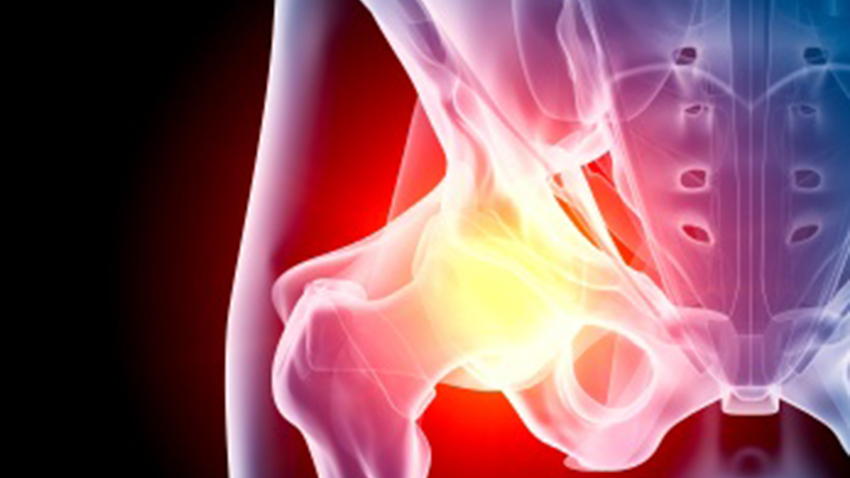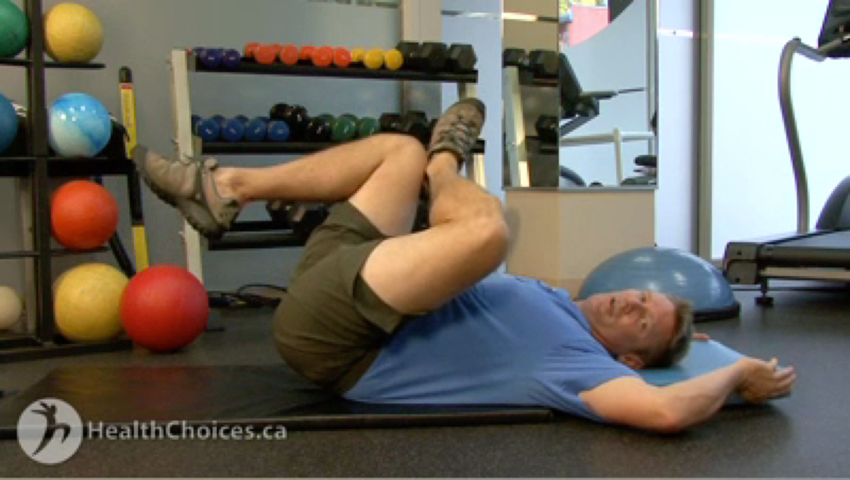Upper Body
Lower Body
General
Sports Related
Physiotherapy - Hips
Knowledge is Power.
True/False - Quiz: Do You Understand Physiotherapy - Hips?
Action Plan - Physiotherapy - Hips
 There are a variety of reasons why you might seek out a physiotherapist for hip problems. Bursitis of the hip is the most common cause of hip pain. Osteoarthritis, a degeneration of cartilage in the hip joint, is another. Rehabilitation after hip replacement surgery (often due to arthritis) usually requires the help of a physiotherapist. Athletes can suffer a hip flexor strain when the muscles are overused, overstretched, or forced to hyperextend. Many hip conditions are age-related, such as hip fracture or breakage.
There are a variety of reasons why you might seek out a physiotherapist for hip problems. Bursitis of the hip is the most common cause of hip pain. Osteoarthritis, a degeneration of cartilage in the hip joint, is another. Rehabilitation after hip replacement surgery (often due to arthritis) usually requires the help of a physiotherapist. Athletes can suffer a hip flexor strain when the muscles are overused, overstretched, or forced to hyperextend. Many hip conditions are age-related, such as hip fracture or breakage.
Physiotherapy for Hip Replacement/Injuries
Usually, your physiotherapist will start you off with exercises to improve your range of motion and strengthen your ankle. If you’ve been hospitalized for hip replacement surgery or another procedure, your physiotherapy treatment will probably begin in the hospital, and continue with a home exercise program.
Types of Physiotherapy for the Hip
 • Initially, a gait evaluation to assess how you are walking
• Initially, a gait evaluation to assess how you are walking
• Range of motion and strengthening exercises
• Manual therapy (hands-on manipulation)
• Ultrasound: This deep heating treatment is administered by your physical therapist using a wand that’s connected to an ultrasound machine pressed against your skin.
• Dry needling and/or acupuncture: Some patients find relief from a practitioner inserting short, thin needles into pressure points.
• TENS (transcutaneous electrical nerve stimulation): Your physiotherapist may use this technique to decrease pain around injury.
• Taping: Your physiotherapist may tape the injured site to provide support and stability while you heal.
• Heat therapy: The physiotherapist may incorporate heat into your treatment to reduce pain, increase circulation and relax the muscles.
• Massage and other soft tissue techniques
Many of the exercises your physiotherapist will recommend focus on keeping the areas surrounding your hip flexible and mobile, including ankle rotations and knee bends. The hip is a major weight-bearing joint in the body, and pain or recovery from surgery may limit your daily activities. The sooner you see out a physiotherapist for treatment, the better your outcome will be.
Talk to your healthcare provider if you'd like more information on physiotherapy for hip injuries/replacement.
Visit HealthChoicesFirst.com for more videos and resources on orthopedics.
Print this Action Plan and check off items that you want to discuss with your healthcare provider
-
If you’ve been hospitalized for hip replacement surgery or another procedure, your physiotherapy treatment will probably begin in the hospital, and continue with a home exercise program.
-
Your physiotherapist will likely start with a gait evaluation to assess how you are walking.
-
You'll do a range of motion and strengthening exercises, combined with manual therapy (hands-on manipulation) with your physiotherapist.
-
Depending on your injury, your physiotherapist will recommend treatments such as ultrasound, dry needling/acupuncture, taping, TENS, heat therapy and massage.
-
Many of the exercises your physiotherapist will recommend focus on keeping the areas surrounding your hip flexible and mobile, including ankle rotations and knee bends.

